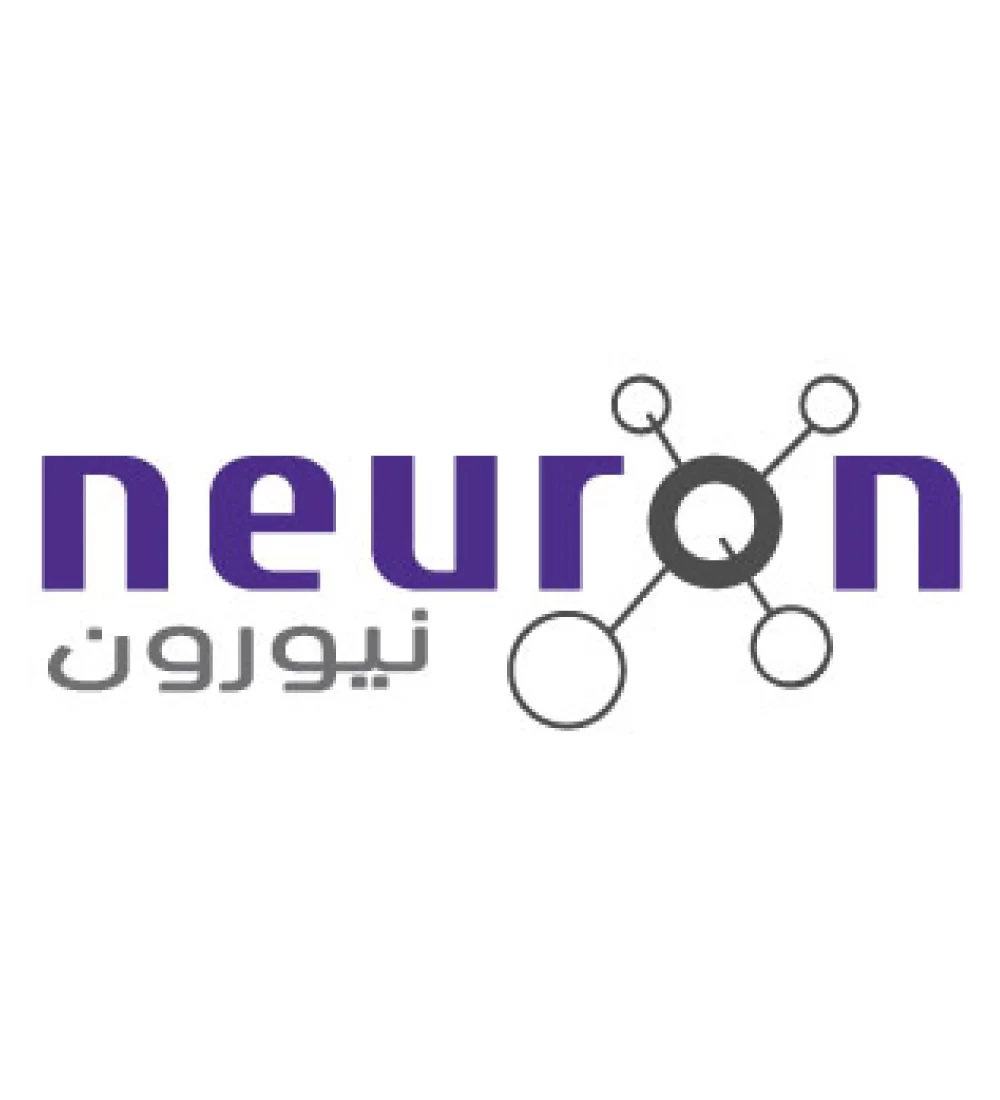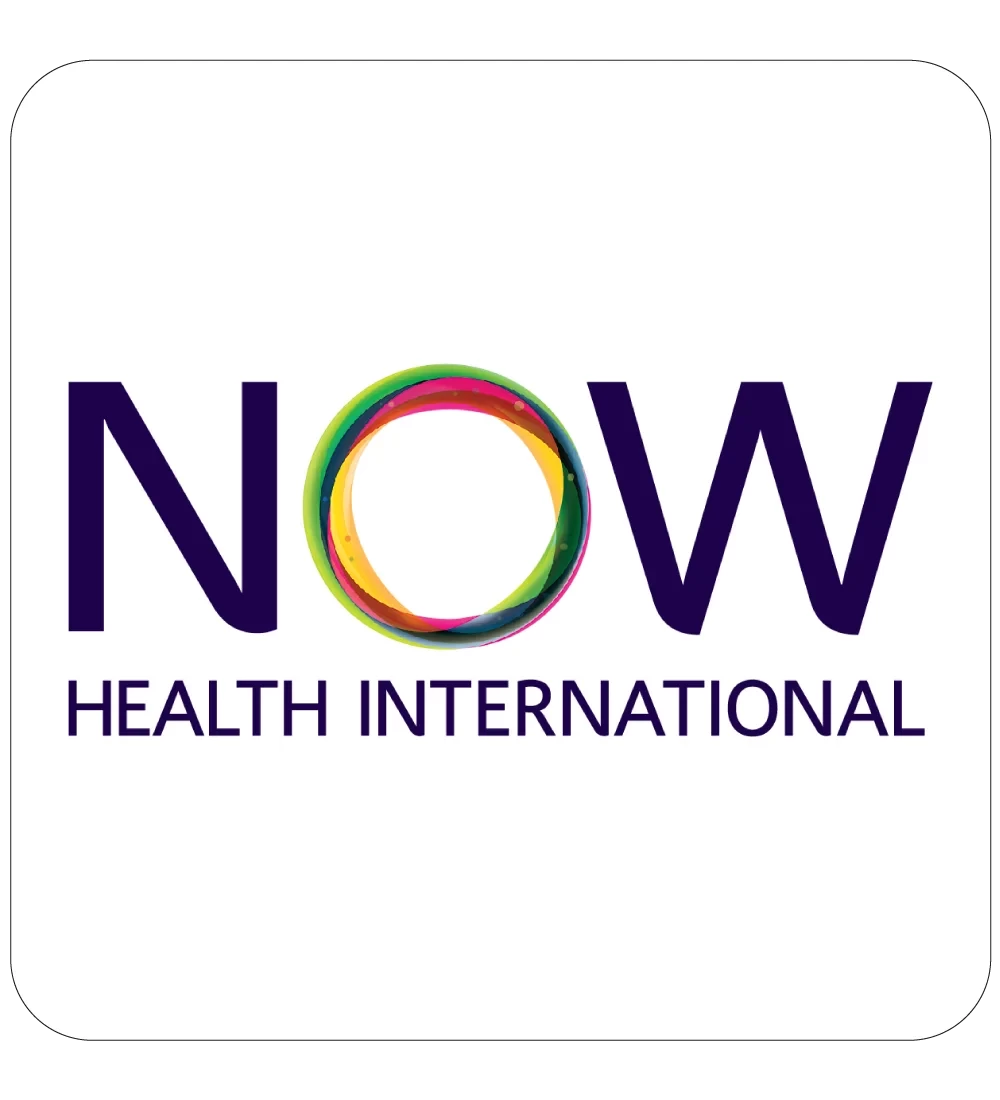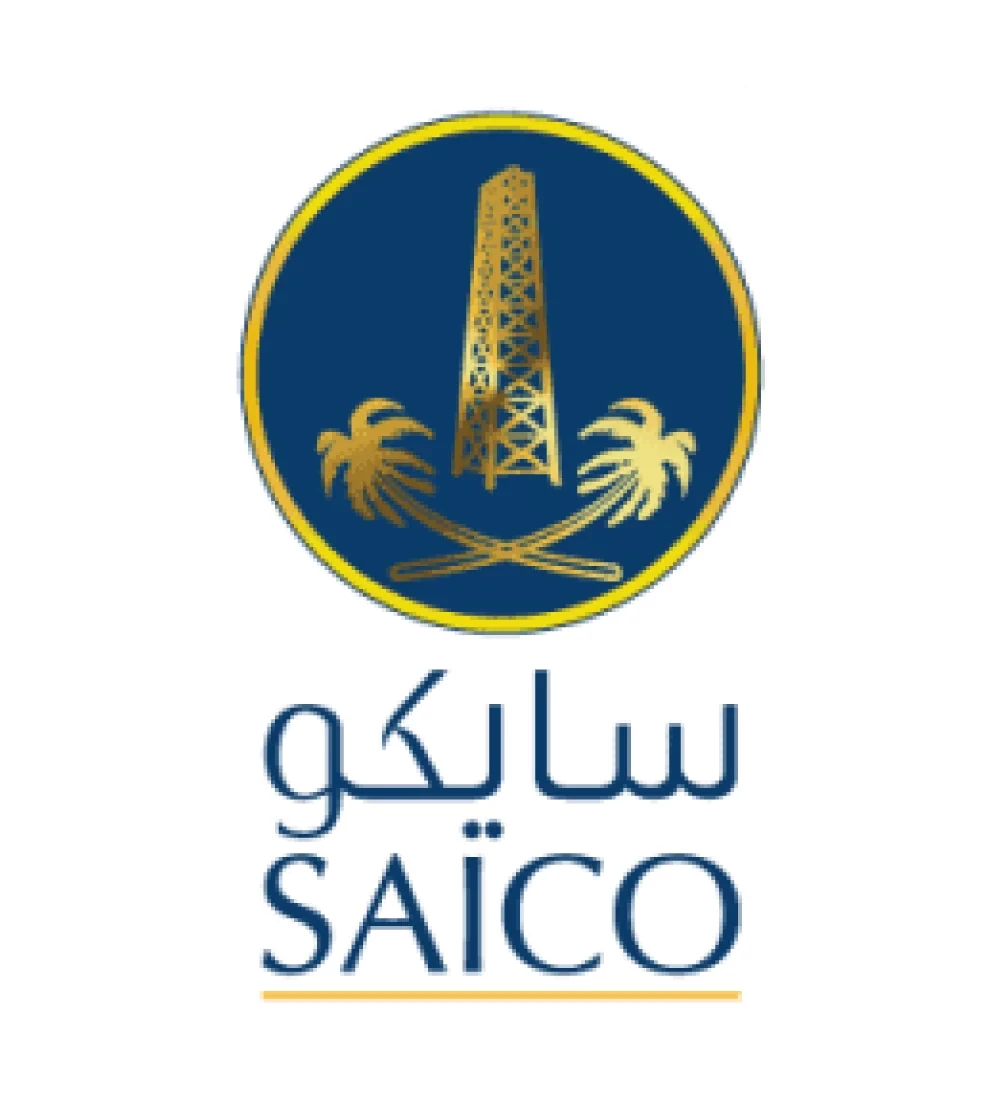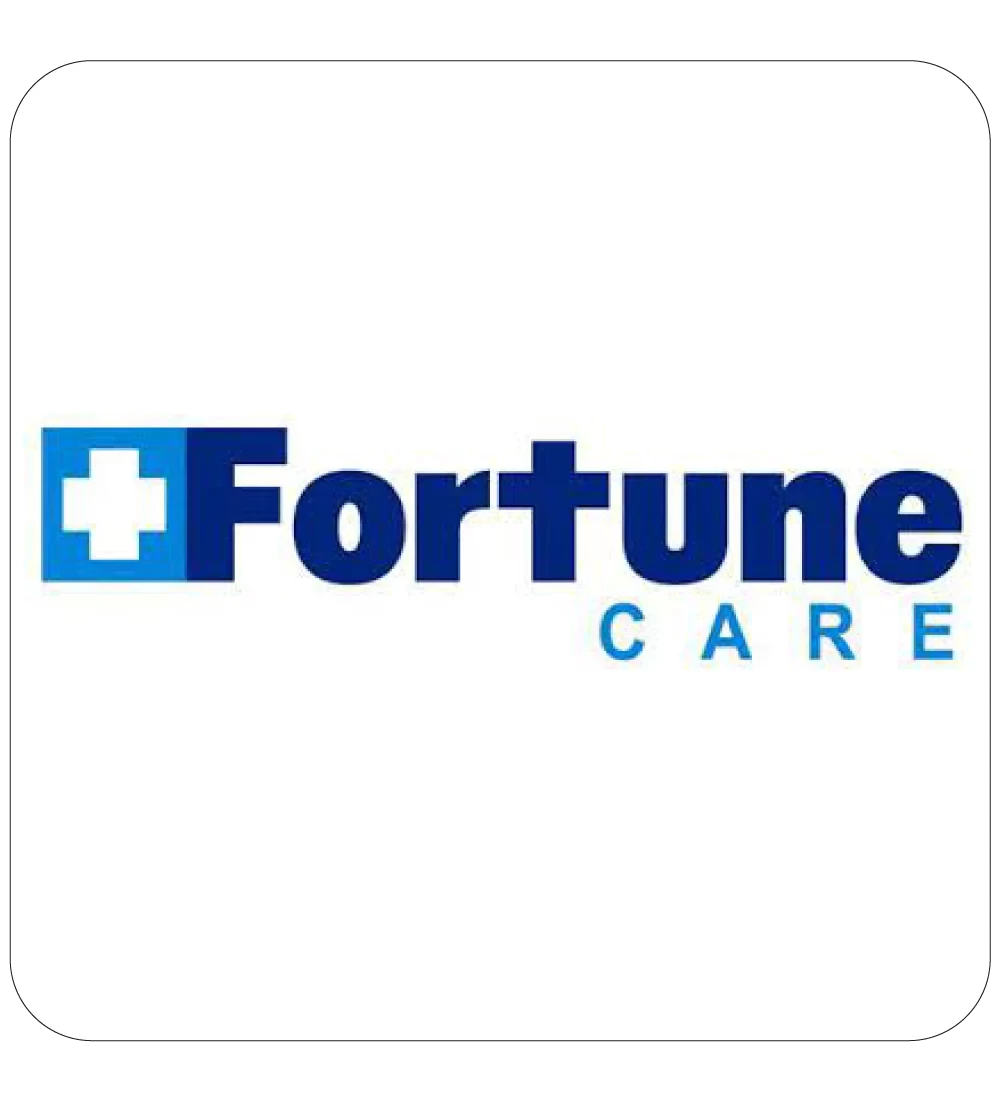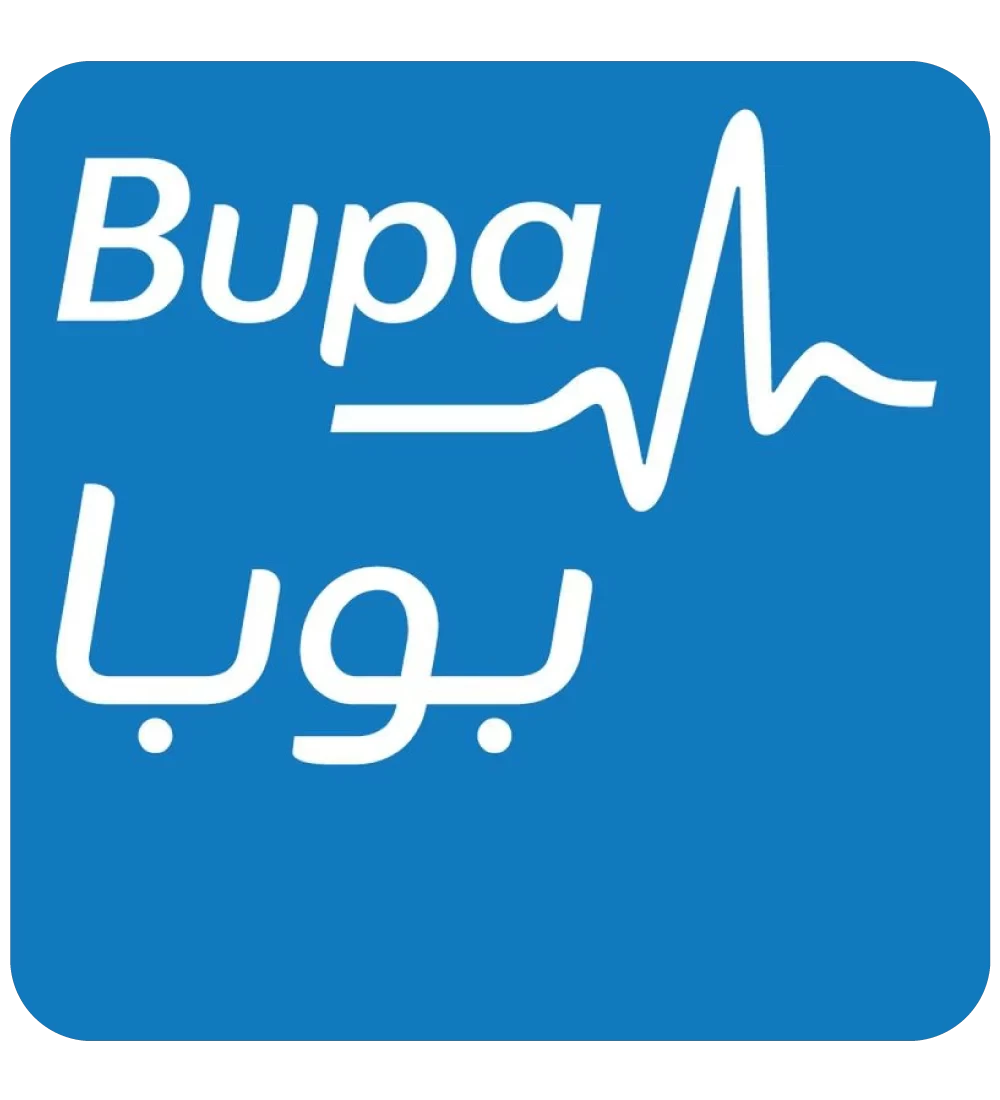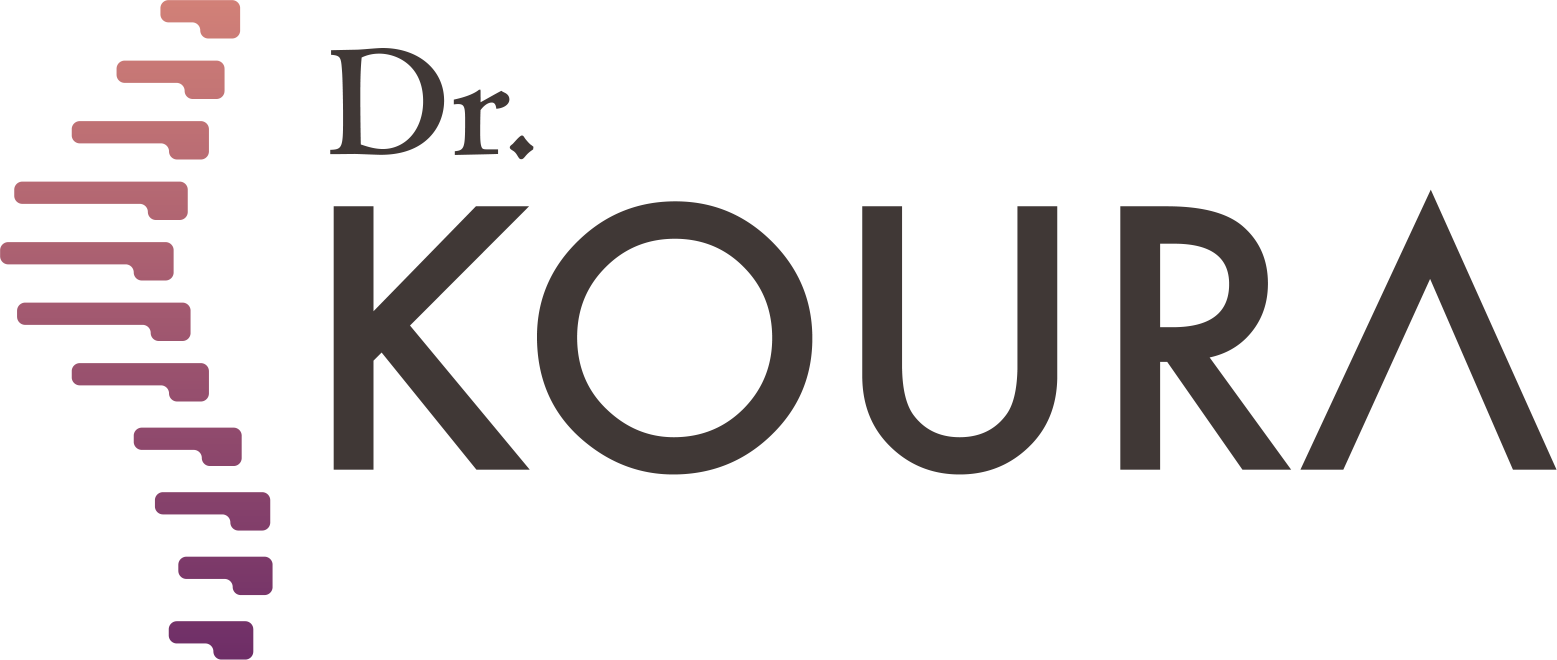
To see patients' reviews
Click hereLower back disc and its treatment methods


Symptoms of Lower Back Disc and Treatment Methods
Lower back disc pain is one of the most common health problems that affect the quality of life and hinder the ability to perform daily activities. A lower back disc causes acute or chronic pain and negatively impacts spinal movement and stability. Many seek the best treatment for back pain that allows them to relieve this discomfort and improve their health without resorting to surgery. The importance of Dr. Mohamed Koura’s clinic lies here, as it is one of the leading centers specializing in spine treatment and diagnosing various back issues. Thanks to the modern technologies available at the center, comprehensive care is provided, relying on the latest non-surgical back treatment methods, helping restore natural movement and effectively and safely eliminating lower back disc pain.
What Factors Increase the Risk of Lower Back Disc Pain?
- Poor posture: Incorrect sitting or movement affects spinal health.
- Inactivity: Not exercising or neglecting to strengthen muscles increases the risk of bone health deterioration and negatively affects the body's overall health, including metabolism.
- Excess weight: Adds extra pressure on the spine and increases the likelihood of injuries.
- Improper weight lifting: Leads to spinal pressure and increased chances of a disc injury.
- Aging: Over time, the body loses muscle mass, and bone density decreases, negatively impacting the spine's health and increasing the likelihood of spinal problems.
- Smoking: Has a negative impact on bone and muscle health.
Symptoms and Effects of Lower Back Disc
Lower back disc injuries are among the most common causes of pain and discomfort. This condition presents with several symptoms, including:
- Sharp pain during coughing or sneezing.
- Acute pain in the lower back area.
- Increased pain intensity when bending or sitting for long periods.
- Pain radiating down the legs.
- Numbness or tingling in certain nerve areas in the arms or legs.
Treatment of Lower Back Disc
Most lower back disc cases recover without surgical intervention within 3 to 6 months, provided there is no pressure on the nerves or spinal cord. In cases such as acute sciatica, bed rest may be necessary. However, most people can move normally, albeit with some pain-related restrictions, which is the best approach to treatment.
Non-Surgical Treatment Methods for Lower Back Disc
There are several non-surgical treatment options for lower back disc issues. Physical therapy, which focuses on strengthening the muscles around the spine to improve support and reduce pressure on the affected disc, is one such method. Manual therapy is also effective in improving mobility and reducing pain. Additionally, techniques like massage therapy and transcutaneous electrical nerve stimulation (TENS) are used to alleviate pain. In some cases, doctors may recommend pain relievers or anti-inflammatory medications to reduce swelling. This type of treatment is preferred for lower back discs because it maintains movement and reduces reliance on surgery.
Available Treatments for Lower Back Disc
Common treatments for lower back disc pain include a variety of options that help relieve pain and improve health, such as:
- Radiofrequency: A technique that helps reduce pain by targeting the affected nerves.
- Diet and cardio: Engaging in cardio exercises without a balanced diet leads to muscle and fat loss, lowering metabolic rates, and ultimately causing weight stagnation or regain.
- Exercise: Following a fitness program to improve muscle strength and flexibility around the spine.
- Weight training: Essential for older adults or those with spinal issues to improve muscle strength.
- Physical therapy: Conducting therapy sessions on the affected area to improve movement and reduce pain.
- Medications: Muscle relaxants to relieve spasms.
- Compresses: Using hot water compresses to alleviate pain, though for recent injuries, cold compresses are preferred for the first 48 hours.
- Painkillers: Taking pain relievers to ease symptoms.
- Injections: Receiving injections in the lower spine to relieve severe pain.
- Surgical intervention: Surgery is an option when other treatments fail and pain intensifies, either through traditional methods or using an endoscope.
The Importance of Prevention and Daily Care for Lower Back Disc Patients
Prevention and daily care are essential to maintaining spinal health and preventing lower back disc problems from worsening. Simple habits, such as maintaining proper sitting posture and regularly strengthening the abdominal and back muscles through exercise, can provide better spinal support. It is also advised to avoid improperly lifting heavy objects and distribute weight evenly when lifting. Additionally, maintaining a healthy weight plays a significant role in reducing pressure on the vertebrae, helping prevent disc deterioration. Quitting smoking is also recommended as it affects bone and nerve health.
In conclusion, lower back disc pain significantly impacts quality of life, but by following appropriate treatments and daily prevention, this condition can be managed and overall spinal health improved. Specialized medical intervention, such as that provided by Dr. Mohamed Koura, who is a leader in interventional and non-surgical spine and joint pain treatment, is crucial. With his extensive expertise and the use of the latest non-surgical techniques, Dr. Koura ensures comprehensive and integrated care that helps restore natural movement and effectively reduce pain safely.
Dr. Mohamed Koura is here to assist you using the latest therapeutic techniques, including thermal radiofrequency and laser treatments for spinal pain without surgery—book your appointment now from here.
Why Choose Dr. Mohamed Koura ?
Simply because he is the best doctor in his feild. He stays updated on the latest treatment technologies through his participation in various international conferences with leading foreign doctors and experts. Finally, and most importantly, Dr. Mohamed Koura is the best doctor in Egypt and the Arab world, possessing 12 non-surgical techniques for treating spinal and joint problems. He was the first to introduce modern interventional treatment techniques in Egypt & the Middle East and is the only one using the disc fx technique to treat spinal pain.
To see patients' reviews
Click hereCertainly not, some cases must be treated surgically, and the most appropriate technique for the patient is determined through a medical examination and the presence of imaging studies.
No, it is necessary to make a reservation through a phone call or social media messages.
There are no risks or side effects associated with non-surgical pain interventions.
The patient needs only 3 to 4 days before they can travel comfortably, and the hospital stay does not exceed 6 to 8 hours.
A condition cannot be accurately assessed and a proper medical diagnosis made without a medical examination and recent imaging studies.
Yes, there are several payment methods available through Visa or electronic wallets by making a reservation on our website.
Certainly, obesity is one of the causes of knee osteoarthritis.
Radiofrequency activates the nerve and does not cause any damage to it.
Non-surgical interventions are a definitive treatment for some cases and pain relievers for other cases, which is determined by the doctor through a medical examination.
If the herniated disc is fully treated, there is a possibility of it reoccurring in some cases, such as not following the doctor's prescribed instructions after the intervention, experiencing an accident, or making a sudden wrong movement like lifting heavy objects.
The entire disc is not removed due to the presence of several risks and it may exacerbate the condition. Only the protruding part that causes pain is removed.
This cannot be done with radiofrequency, but it is performed through other techniques that Dr. Koura conducts.
The success or failure of non-surgical interventions cannot be judged through radiographic imaging because these procedures involve making subtle changes to critical parts to address the issue. Consequently, they do not produce significant changes to avoid potential complications in the future or damage to the spine and joints, which is our primary goal.
Spinal stenosis does not typically cause sciatica. In most cases, disc herniation is what may lead to sciatica. This does not necessarily mean that a patient with sciatica will also have spinal stenosis.
Sciatica may return if the patient does not adhere to the medical instructions provided by the doctor or in the event of an unexpected accident.
A life without pain without surgery
Once you book with Dr. Koura
Get rid of pain with just one call.. Book your appointment now with pain Management consultant Dr. Koura.
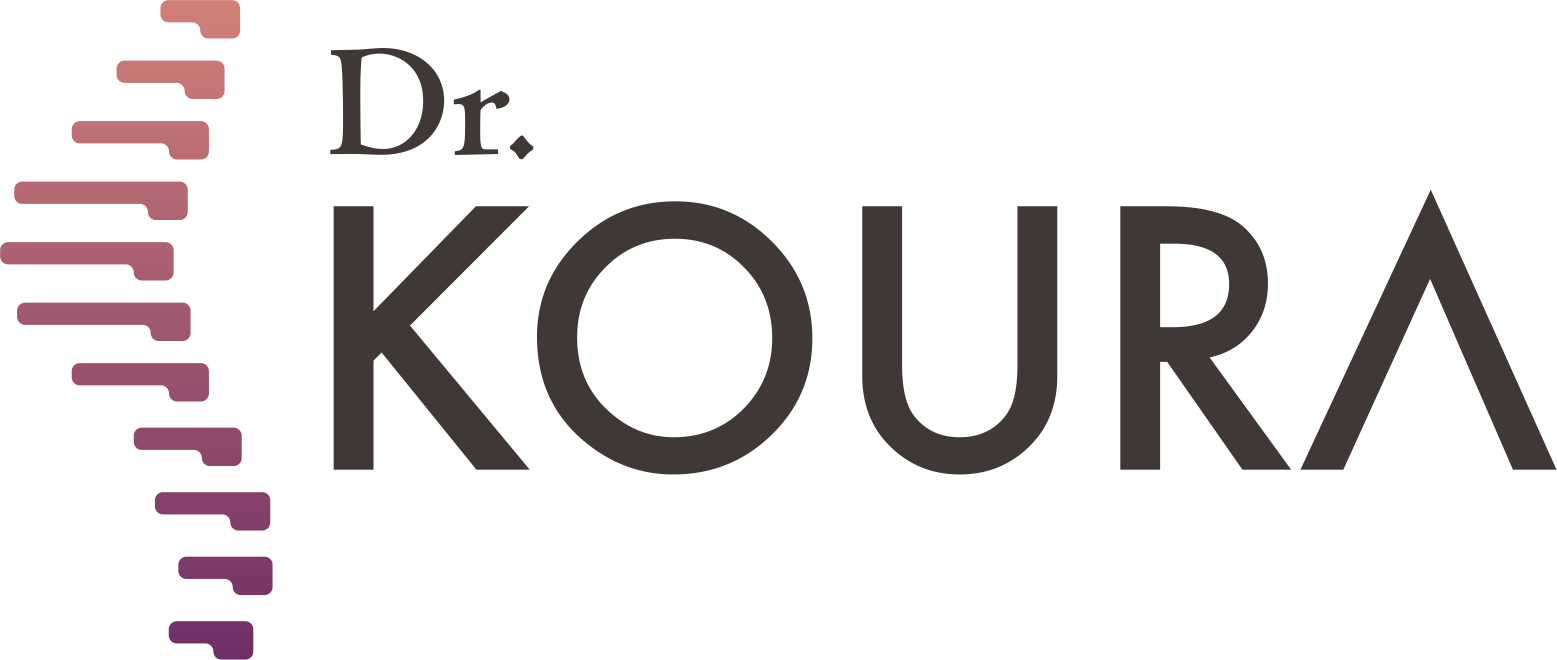





-webp.webp)




-webp.webp)







